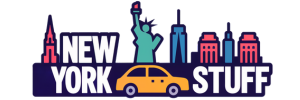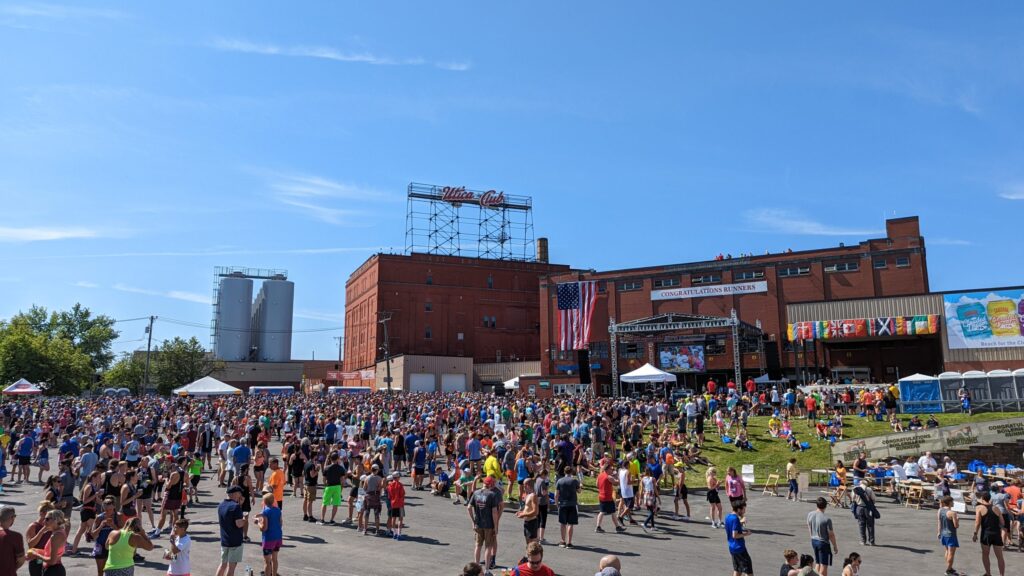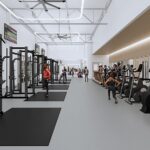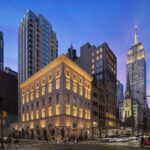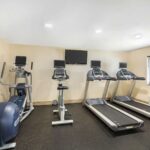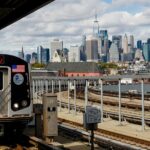I’ve spent years mapping my calendar around must-see festivals in New York, from sunrise subway rides to catch a front-row spot on Fifth Avenue to late-night food fairs in Queens. If you’re looking for a definitive, insider-friendly guide to the city’s best events, you’re in the right place. In this comprehensive guide, I break down the top festivals, the best seasons to visit, neighborhood gems, and pro tips I’ve learned from navigating NYC crowds, transit, and tickets. Whether you’re planning your first festival or optimizing your tenth, here’s how to experience the must-see festivals in New York like a local.
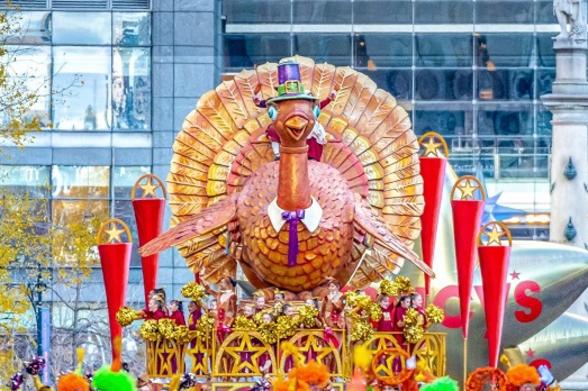
Source: www.iloveny.com
Why New York’s Festival Scene Is Unique
New York’s festivals are more than dates on a calendar; they’re live storytelling across five boroughs. You’ll find globally recognized spectacles and grassroots cultural celebrations happening side by side—often on the same weekend. The city’s diversity shapes everything: Caribbean steel bands at the West Indian American Day Carnival, Italian pastries at the Feast of San Gennaro, dragon dances for Lunar New Year, and world premieres at Tribeca Festival.
From a planning perspective, NYC’s density and transit make it easier to see multiple events in one day. I’ve often paired a morning parade in Manhattan with an afternoon food crawl in Flushing and a free SummerStage show in Central Park at night. That mix of scale, culture, and convenience is what makes New York festivals uniquely unforgettable.
What sets NYC apart:
- Global variety in one place. Film, food, fashion, Pride, cultural heritage, and street parades.
- Year-round calendar. Winter fireworks and lanterns, spring cherry blossoms, summer music marathons, and fall parades.
- Free and ticketed options. You can experience a world-class lineup even on a budget.
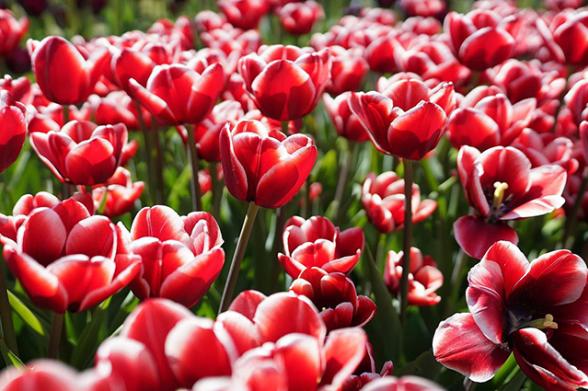
Source: www.iloveny.com
The Must-See Festivals Calendar
I plan by seasons to hit the city’s rhythm without burning out. Here’s how I map it, with the most iconic, can’t-miss events.
Spring Highlights (March to May)
– Tribeca Festival (June dates in recent years; historically spring launch). Film premieres, immersive experiences, talks. Tip: Book screenings early; rush lines can still pay off.
– Sakura Matsuri/Cherry Blossom Festivals. Brooklyn Botanic Garden’s Hanami season is photogenic but crowded. Go early morning for breathing room.
– Holi Festivals. Outdoor color-throwing celebrations appear across parks. Wear white, bring a zip bag for your phone.
Summer Highlights (June to August)
– NYC Pride March and PrideFest (June). A global landmark of LGBTQIA+ celebration. I’ve had the best views near Chelsea; bring water and patience.
– Governors Ball Music Festival. Big-name headliners with skyline views. Check transit advisories; ferries and shuttles can beat rideshares.
– SummerStage and BRIC Celebrate Brooklyn!. Free and ticketed concerts citywide. Sign up for alerts—popular nights “sell out” fast even for free shows.
– Mermaid Parade (Coney Island). Whimsical, beachy, camera-ready. Post-parade, grab a boardwalk hot dog and ride the Cyclone.
Fall Highlights (September to November)
– Feast of San Gennaro (Little Italy). 11 days of street eats, cannoli competitions, and processions. Best on weekday afternoons to avoid the gridlock.
– New York Film Festival (Lincoln Center). Cinephile heaven with prestige premieres. If screenings sell out, look for talks or repeat showings.
– West Indian American Day Carnival (Labor Day, Brooklyn). Dazzling costumes and sound systems. I arrive by 7 a.m. to enjoy J’ouvert events and safer, calmer vibes.
– Open House New York. Access to normally closed buildings and studios. Reserve fast—slots vanish quickly.
– Macy’s Thanksgiving Day Parade. Book a hotel on the route or arrive pre-dawn. Balloon inflation night on the Upper West Side is a local favorite.
Winter Highlights (December to February)
– New Year’s Eve. Times Square is intense; for a local alternative, try Prospect Park fireworks or rooftop countdowns.
– Lunar New Year Parades (Chinatown Manhattan and Flushing). Lion dances, firecrackers, and incredible dim sum nearby.
– Winter Jazzfest. Downtown institutions host boundary-pushing sets. I plan a “venue hop” night with a strict schedule and backup picks.
– Diwali at Times Square. A luminous celebration with dance and food vendors—arrive early for the performances.
Pro tip: Always check the current year’s dates via official festival channels. Some events shift weekends or expand to new venues.
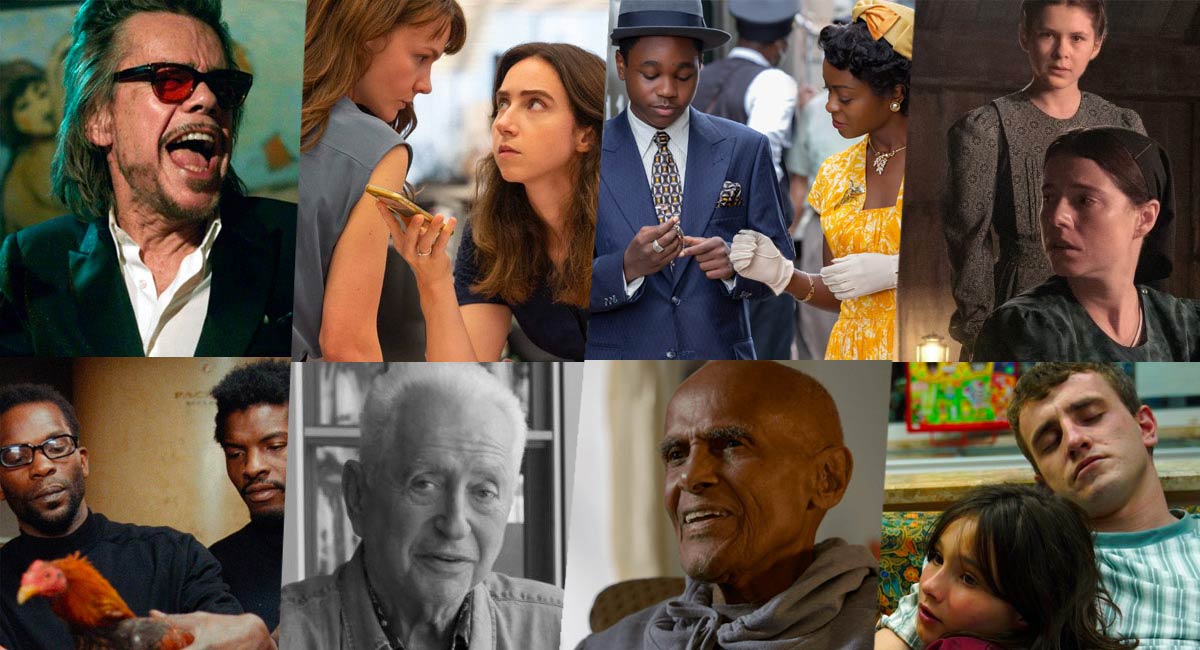
Source: theplaylist.net
Neighborhood Highlights And Local Culture
The fastest way to deepen your experience is to explore festivals through their neighborhoods.
- Manhattan. Parade central and home to NYFF and Pride March. Best for first-timers who want iconic visuals and easy transit.
- Brooklyn. Culture-forward and community-driven—BRIC, West Indian Carnival, and neighborhood block parties. Street food is excellent and varied.
- Queens. Culinary powerhouse. From Night Markets to Lunar New Year in Flushing, it’s where I eat best during festival season.
- The Bronx. Host to parades, live music, and community fairs; check Bronx Week festivities or local cultural centers for pop-ups.
- Staten Island. Underrated for arts festivals and waterfront events with smaller crowds and great views.
Local etiquette that earns smiles:
- Support vendors. Buy a snack or a small item; it sustains community events.
- Ask before photographing performers. Many are volunteers or community artists.
- Pack in, pack out. Street festivals are low on bins; bring a tote.

Source: americansephardi.org
Insider Tips For Planning And Booking
From years of trial and error, this is what works consistently:
- Map your day by must-see moments. Parades have chokepoints; pick one or two prime intersections rather than chasing the route.
- Use public transit smartly. Preload a MetroCard or use tap-to-pay. For late nights, check service changes in advance.
- Book timed entries early. Tribeca and NYFF screenings, rooftop events, and limited-capacity installations sell out fast.
- Build buffer time. Crowds slow everything. I budget 30 extra minutes per transfer during peak festivals.
- Pack a festival kit. Portable charger, water bottle, light rain shell, sunblock, folding tote, and cash for small vendors.
- Choose weekday windows. Many multi-day festivals are calmer Tuesday to Thursday, with similar programming.
Budget, Safety, And Accessibility
Making NYC festivals enjoyable and stress-free comes down to planning with realistic constraints.
Budget strategies:
- Start with free anchors. SummerStage, cultural parades, and museum-sponsored outdoor events can fill a full itinerary.
- Prioritize one premium event. Splurge on a headliner or gala screening, then build around free or low-cost happenings.
- Eat like a local. Vendor stalls, food trucks, and neighborhood diners beat tourist zones on price and wait times.
Safety and wellbeing:
- Arrive early for family-friendly vibes. Morning hours feel calmer and safer, especially for large parades.
- Mind your belongings. Use cross-body bags with zippers; keep phones secure during packed moments like confetti blasts.
- Hydrate and shade. Summer asphalt reflects heat; I plan indoor breaks at libraries or cafes between sets.
Accessibility notes:
- Check event accessibility pages for ADA seating, viewing platforms, and captioning. Many major festivals have dedicated teams.
- Plan accessible routes. Subway stations with elevators are marked on MTA maps; bus routes can offer smoother access on parade days.
- Communicate needs early. For ticketed events, email accessibility contacts in advance for accommodations.
What To Eat And Where To Stay During Festivals
Food is half the fun. I plan meals around festival neighborhoods to maximize flavor and minimize lines.
What to eat:
- San Gennaro. Sausage and peppers, zeppole, and cannoli from legacy bakeries along Mulberry Street.
- West Indian Carnival. Doubles, jerk chicken, and roti from family vendors; bring cash and ask for “mild” if you’re heat-shy.
- Lunar New Year. Dim sum in Flushing or Chinatown; make reservations or join the waitlist early.
- SummerStage nights. Hit nearby delis for picnic supplies before entering.
Where to stay:
- Along parade routes. For Macy’s, Upper West Side hotels cut commute time and give access to Balloon Inflation Night.
- Near transit hubs. Midtown, Downtown Brooklyn, or Long Island City offer direct lines to multiple boroughs.
- Boutique blocks. Lower East Side and Williamsburg place you near music and food festivals with vibrant nightlife.
My go-to rule: If I have two major events in different boroughs, I book near the fastest subway interchange to cut crosstown friction.
Frequently Asked Questions Of Must-See Festivals In New York
What Is The Best Time Of Year To Experience NYC Festivals?
Summer and fall offer the highest concentration of large-scale events, from Pride and Governors Ball to San Gennaro and the Thanksgiving Parade. Spring and winter still deliver unique highlights like cherry blossoms, Lunar New Year, and Winter Jazzfest.
How Far In Advance Should I Book Tickets?
For marquee events and film festivals, 4 to 8 weeks ahead is safe. For free concerts with RSVP, join mailing lists and set alerts as soon as dates are announced.
Are NYC Festivals Family-Friendly?
Yes, many are. Parades, street fairs, and park concerts are great for families—arrive early, pick calmer viewing spots, and plan rest breaks.
What Are The Best Viewing Spots For Parades?
Avoid the busiest nodes like Herald Square for the Thanksgiving Parade. Aim for earlier segments of the route and arrive at least 60 to 90 minutes early. For Pride, the West Village offers atmosphere but more crowding; Chelsea often balances vibe and visibility.
How Do I Save Money While Attending Multiple Festivals?
Mix free events with one paid highlight, use transit passes, eat at local vendors instead of sit-down chains, and travel weekdays when hotel rates dip.
Is It Safe To Attend Large Night Events?
Generally yes, with standard urban precautions. Stick to well-lit areas, move with the crowd, set a meetup point, and keep valuables secure. Use official transit or licensed rideshares.
What If It Rains?
Many festivals proceed with modifications. Pack a lightweight rain jacket and waterproof shoes; check official channels the morning of for schedule changes.
Conclusion
New York’s festivals are a living atlas of culture, music, food, and film—woven into streets, parks, and neighborhoods that reward curiosity and good planning. If you prioritize a few must-see moments, build smart buffers, and lean into local food and transit, you’ll experience the city at its most electric and welcoming.
Start by picking one season, anchor it with a headliner event, and add two neighborhood festivals that fit your vibe. If you found this guide helpful, subscribe for my updated NYC festival calendars, ask questions in the comments, or share your own tips so we can all experience more of the city—together.
Watch This Video on must-see festivals in New York
